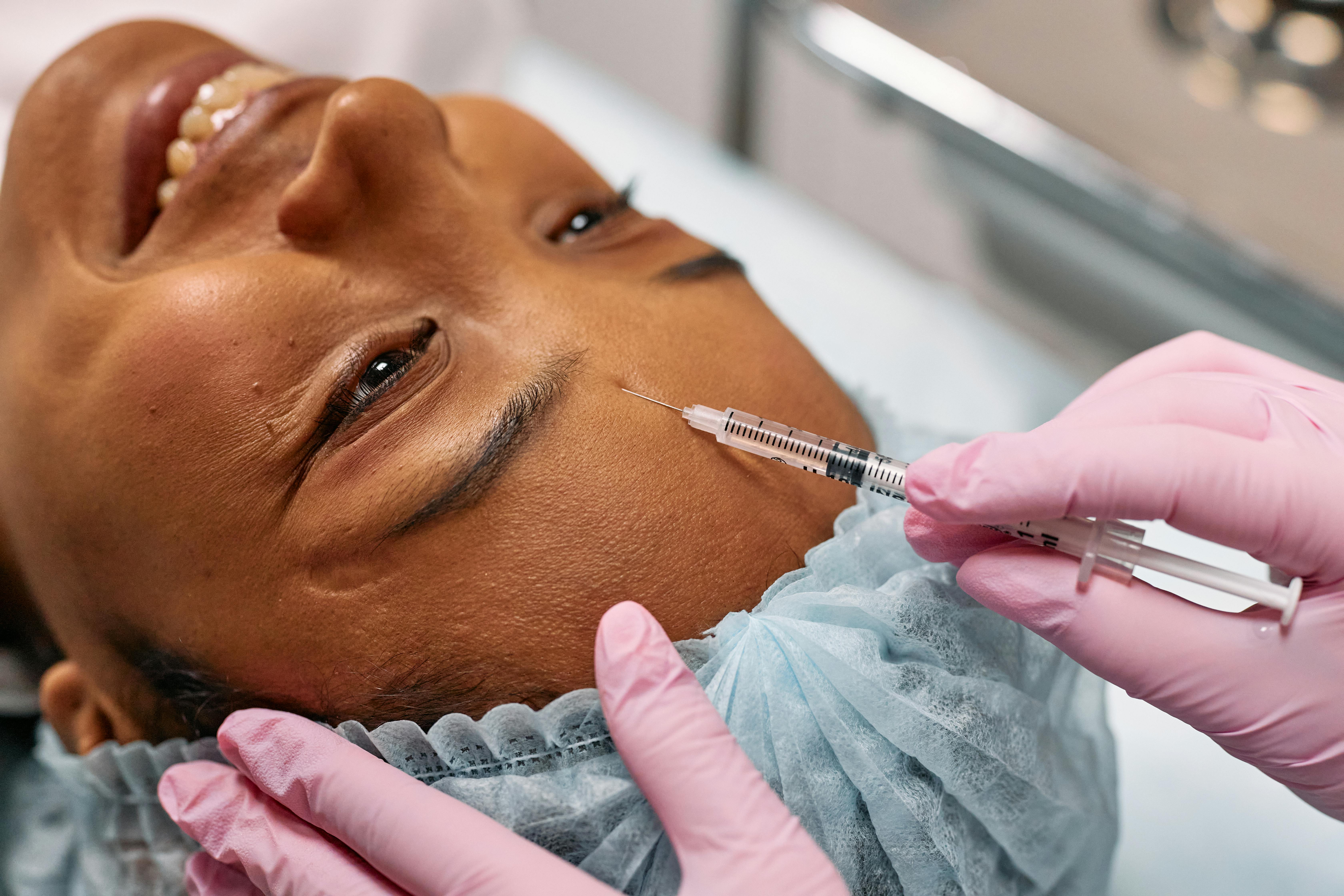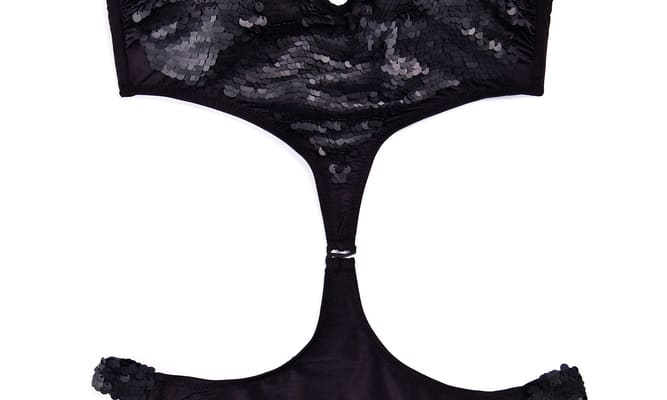Understanding the Art and Science of Botox: More than Just a Wrinkle Eraser
In the realm of beauty and aesthetics, Botox has emerged as a game-changer. It's a name that has almost become synonymous with the idea of non-surgical cosmetic enhancement. Botox, a neurotoxin derived from Clostridium botulinum, has been shaping the world of beauty for decades, offering an affordable, less invasive alternative to surgical procedures. Botox has a fascinating history, and its evolution and current applications reveal just how much it has transformed the world of aesthetic medicine.

The Birth of Botox: A Historical Perspective
Botox was first discovered in the 1820s by Dr. Justinus Kerner, who was trying to understand the cause of food poisoning that resulted from improperly prepared blood sausages. He isolated a substance that caused paralysis and named it “sausage poison,” which later came to be known as botulinum toxin. However, it wasn’t until the 1950s that scientists began exploring botulinum toxin’s potential medical applications.
In the 1970s, Dr. Alan Scott used botulinum toxin type A to treat strabismus, a condition that causes misalignment of the eyes. The FDA approved this use in 1989, and this marked the beginning of Botox as a therapeutic tool. It was during the course of treating eye misalignment that doctors noticed a side effect: the smoothing out of wrinkles around the eyes. This observation paved the way for the use of Botox in cosmetic procedures, and in 2002, the FDA approved Botox for cosmetic use.
The Science of Botox: How Does It Work?
Botox works by blocking nerve signals in the muscles where it is injected. When those nerve signals are interrupted, the affected muscle is temporarily paralyzed. In terms of beauty and aesthetics, this means that when Botox is injected into facial muscles, the wrinkles and lines caused by those muscles’ movement are reduced or eliminated.
It’s important to note that Botox doesn’t work on all types of wrinkles. It is most effective on dynamic wrinkles, which are caused by muscle movement. This includes wrinkles around the eyes, between the eyebrows, and on the forehead. Static wrinkles, which are caused by aging and sun damage, are not responsive to Botox.
Botox in the 21st Century: Current Trends and Reception
In the 21st century, Botox has become a household name. It’s not just the rich and famous who are using it; people across a wide range of demographics are turning to Botox as a way to maintain a youthful appearance.
The use of Botox among younger adults is a particularly notable trend. More and more people in their 20s and 30s are getting Botox as a preventative measure, aiming to stop wrinkles before they start. This shift has contributed to the normalization of Botox, and has played a part in dispelling the stigma that once surrounded the use of cosmetic procedures.
The reception of Botox has also been largely positive. It’s seen as a safe, effective, and minimally invasive procedure. However, like all medical procedures, it’s not without risks. Side effects can include pain at the injection site, bruising, headache, and in rare cases, more serious complications.
The Impact of Botox: Changing Perceptions of Beauty
The rise and acceptance of Botox have had a profound impact on societal perceptions of beauty. It has contributed to the idea that aging is optional, and that there are tools available to help us maintain our youth. This has both positive and negative implications. On the one hand, it can be empowering to have control over our appearance. On the other hand, it can contribute to unrealistic beauty standards and the pressure to look young.
The Future of Botox
Despite the controversy, it’s clear that Botox is here to stay. Research is ongoing to discover new uses for Botox, both cosmetic and therapeutic. In the future, Botox may be used to treat a wider range of conditions, and its role in the world of beauty is likely to continue evolving.
Botox is more than just a wrinkle eraser. It’s a tool that has revolutionized the world of aesthetic medicine, and its history, science, and impact offer a fascinating glimpse into the ever-evolving landscape of beauty.




